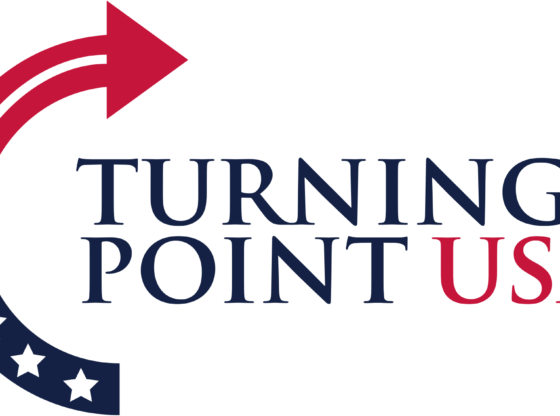David Greenberg, senior vice president and chief compliance officer of the Altria Group, Inc., spoke about ethics in U.S. corporations last week at the Sturm Law School. His lecture, “Unfiltered: Straight Talk From a Fortune 15 Chief Compliance Officer,” was part of the Voices of Experience lecture series, a series based on values in leadership and was sponsored by the Department of Business Ethics and Legal Studies at the Daniels College of Business. Greenberg also spoke about the tension between perception and reality. “Great leaders never lose sight of either,” he said.Greenberg spoke about the public’s perception of corporate America. Many people think that business executives are incredibly wealthy, have a lot of power, never get hurt and are always doing what they can to make more money. The reality is that executives have to work very hard for long hours and do not realize what people outside of their world think of them. He discussed steps and themes of achieving ethical behavior.The five themes are that (1) ethics comes from the top, starting with the owner or the CEO of the company, (2) ethics is a management job not a staff job, (3) ethics should be tied in with how the business operates, (4) the company has to reach and appeal to many people to have a successful business and (5) the company should invest in a chief compliance officer who has total access and leverage. To realize these ethical goals, Greenberg offered 10 steps. The first is to undertake analysis of legal policy and risks to determine what is going wrong. The next step is to develop a comprehensive code of conduct. The third step is to create a clear training plan for people to follow. Fourth, tailor the training plan for employees of the company. Fifth, communicate with employees to help them understand the rules so that there is a trust. Sixth, develop a fair and speedy system to report misconduct. Seventh, have a swift and fair way to penalize misconduct. Eighth, check ongoing ethics and integrity programs. Ninth, document the efforts for future reference. And tenth, ensure general ethical oversight from the senior executives of the company. Greenberg said that these 10 steps are more effective than a command-and-control regulation. After his lecture, Greenberg joined three other panelists to answer questions from the audience. The panelists included Jim Hankins, promoting ethics through his position at Ecostar Satellite, James Brown, a DU law professor, and Richard Eason, a judge on the Colorado Supreme Court. The first question was “Which comes first, ethics or compliance?”Greenberg said that ethics comes first and that it is important to try to create a code of values to do the right thing. Hankins said that ethics goes beyond compliance. Brown said that the two can’t be separated. Eason said that compliance connotates a code based on ethics. Another person asked how Greenberg can ethically justify making a deadly product, since his company is the largest producer of cigarettes. Greenberg responded by saying that there are 35 to 40 million smokers and that it is hard to make the case that this product is harmful. However, the company is trying to find ways to reduce the risk of smoking through technology. Philip Morris has launched an education program on tobacco use and also has youth prevention programs. The Philip Morris Web site has a link to how people can quit smoking. Greenberg said that his company is an “ethical manufacturer of a dangerous product.”Many students in the executive MBA program attended the lecture.











